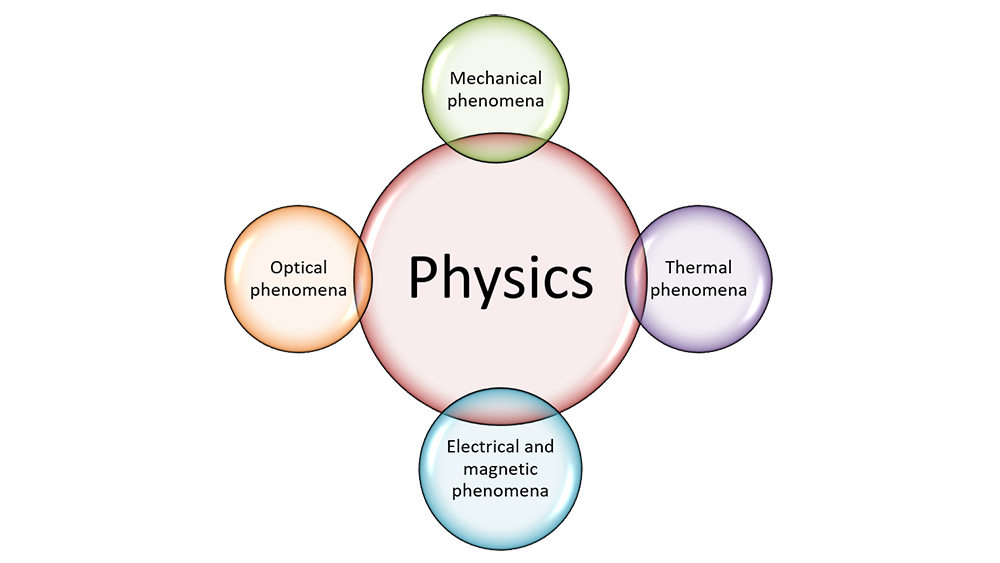I.1. What is physics?
Physics is a science that studies the physical properties of bodies and the physical phenomena in nature.

The word physics comes from the Greek physis , which means nature.
Physics is related to biology and chemistry, as they are all natural sciences.
Physics uses mathematics as a universal language.
Knowledge of physics allows us to understand the laws of nature, to decipher the mysteries of the Universe and our future as a civilization.
The dawn of physics appeared in ancient Babylonian Mesopotamia, when philosophy combined mathematics and physics.
Thales of Miletus noticed that a piece of amber (yellow semiprecious stone, of organic origin, namely a fossil resin) rubbed with a piece of cloth, acquires the property of attracting light bodies (pieces of shock marrow). This phenomenon, called electrification, no one could explain. It took more than two millennia for the scientific explanation to be found.
Leucippus, Democritus and Epicurus are the founders of atomistic theory. This theory was demonstrated experimentally in 1804 by John Dalton. Resuming the theory of the ancients, he stated that all bodies are made up of particles called atoms, which he imagined as spheres of different masses and sizes.
The Greek scientist Archimedes laid the experimental foundations of fluid mechanics.
The term "physics" was first used by Aristotle.
Galileo Galilei is considered the thinker who opened a new era in scientific research (the movement of uniformly accelerated objects, observational astronomy include telescopic confirmation of the phases of Venus, the discovery of Jupiter's four largest satellites, sunspot analysis and technology, improving the technique construction of compasses).
Isaac Newton is the scientist at the origin of the scientific theories that will revolutionize science, in the field of optics, mathematics and especially mechanics.
Albert Einstein has many contributions in physics, related to the theory of special relativity (1905), which unites the mechanics with electromagnetism, and the theory of general relativity (1915) which extends the principle of relativity of non-uniform motion, developing a new theory of gravity.